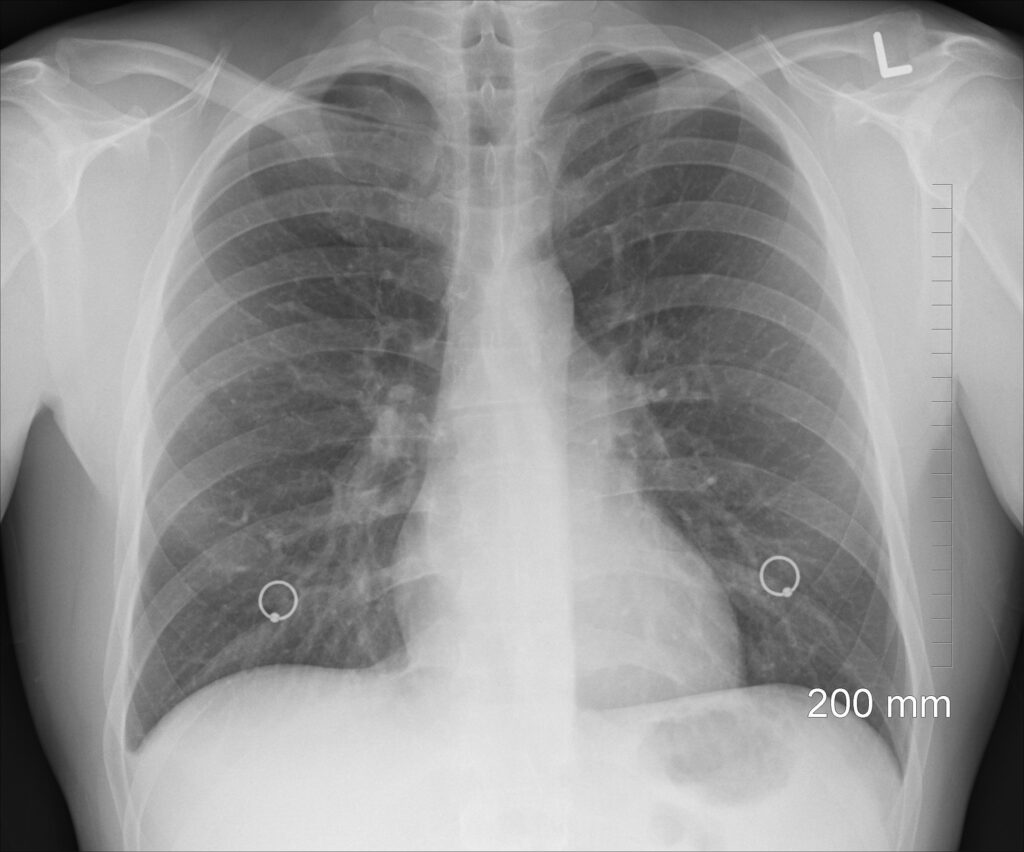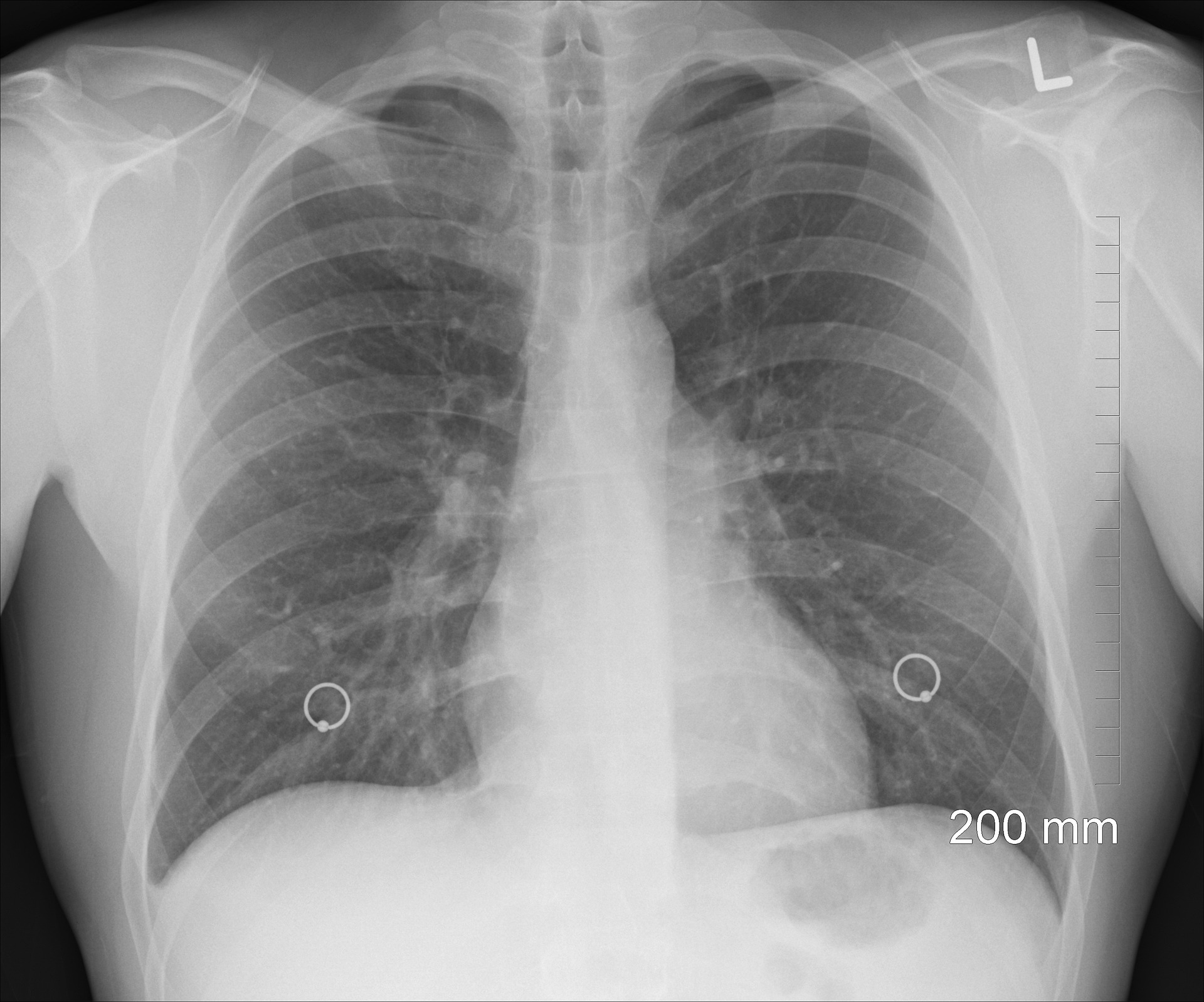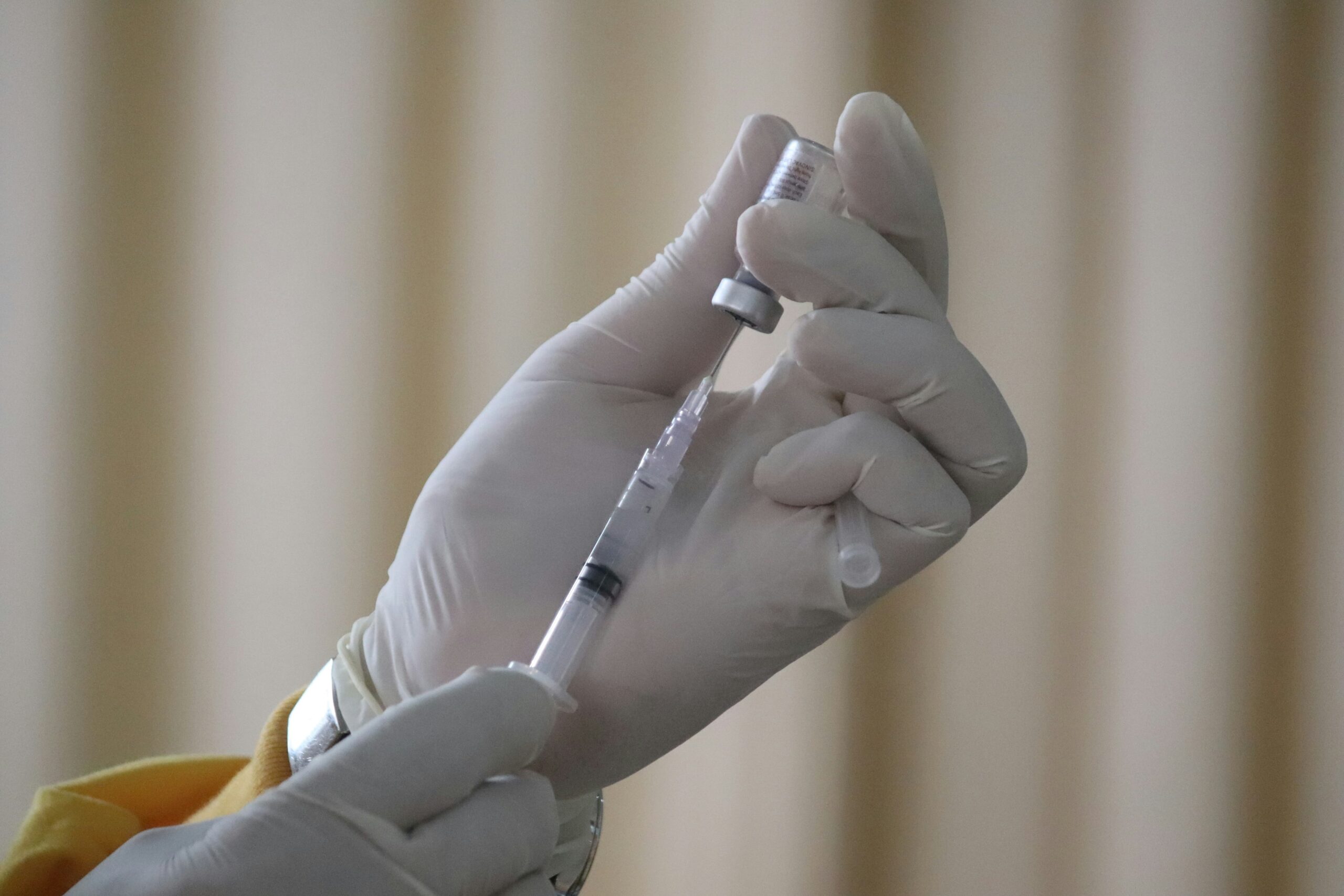“Revolutionizing COPD Treatment: Discover the Groundbreaking Lung Cell Transplantation Technique!”
Title: A Breakthrough in COPD Treatment: Transplanting Patients’ Lung Cells Offers New Hope
Chronic obstructive pulmonary disease (COPD) has long been a challenging condition, but there’s promising news on the horizon. Scientists have been exploring a groundbreaking treatment that involves transplanting a patient’s own lung cells into damaged areas of their lungs. This innovative approach could potentially transform the way we manage COPD and offer new hope to millions of people living with this condition.

COPD is a group of lung diseases, including chronic bronchitis and emphysema, that progressively damage lung tissue and hinder breathing. Unfortunately, current treatments only provide symptomatic relief and cannot repair the underlying damage caused by COPD. This leaves patients grappling with symptoms like shortness of breath, persistent coughing, and decreased quality of life.
However, recent research presented at the European Respiratory Society’s International Congress suggests a glimmer of hope. The study explored the use of cell-based regenerative medicine as a potential solution for COPD. Specifically, scientists investigated whether transplanting a type of lung cell called P63 positive lung progenitor cells could help regenerate damaged lung tissue in COPD patients.
In a preliminary trial involving 20 patients, researchers collected P63 positive lung progenitor cells from the patients’ airways. These cells were then multiplied in a laboratory before being transplanted back into the patients’ lungs using a minimally invasive procedure called bronchoscopy.
The results of the trial were encouraging. Patients reported significant improvements in breathing, exercise tolerance, and overall quality of life following the treatment. Notably, two patients with mild emphysema experienced a resolution of lung lesions, suggesting that the treatment could potentially reverse some of the damage caused by COPD.
 The safety and efficacy of the treatment were also demonstrated, with all patients tolerating the procedure well. Breathing levels improved notably within 12 weeks post-treatment, and further benefits were observed six months later. These findings offer hope for individuals living with COPD, particularly those with severe symptoms and limited treatment options.
The safety and efficacy of the treatment were also demonstrated, with all patients tolerating the procedure well. Breathing levels improved notably within 12 weeks post-treatment, and further benefits were observed six months later. These findings offer hope for individuals living with COPD, particularly those with severe symptoms and limited treatment options.
Looking ahead, researchers are planning larger clinical trials to confirm these promising results and explore the treatment’s effectiveness in a broader population of COPD patients. If successful, this approach could represent a significant advancement in COPD management, offering a regenerative solution that goes beyond symptom management.
While the results of the preliminary trial are promising, it’s essential to approach this breakthrough with cautious optimism. Further research is needed to understand the factors influencing treatment efficacy and ensure consistent outcomes across patients. Additionally, ongoing monitoring and evaluation will be crucial to assess the long-term effects of the treatment and its potential impact on COPD progression.
In conclusion, the potential of transplanting patients’ own lung cells to treat COPD represents a beacon of hope for millions of individuals worldwide. By harnessing the power of regenerative medicine, we may be on the brink of a revolutionary shift in how we approach and manage this debilitating condition. As research progresses and clinical trials advance, we remain optimistic about the prospect of offering a brighter future for COPD patients everywhere.



